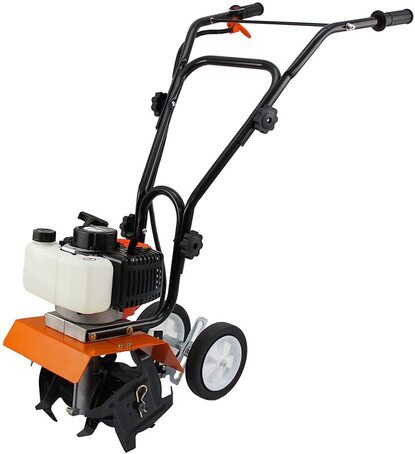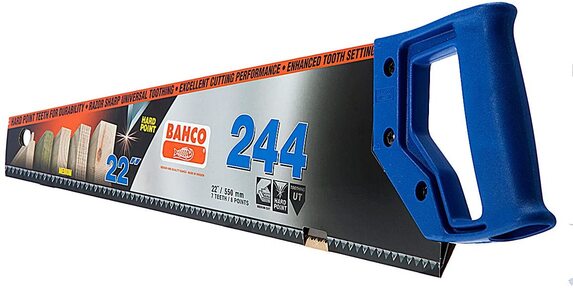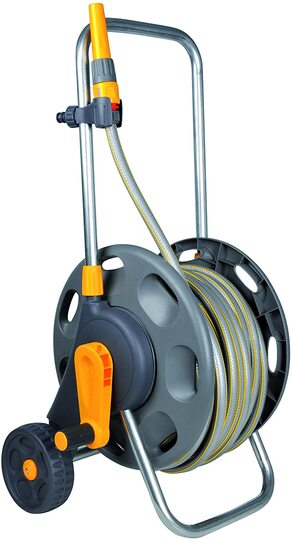|
This article contains affiliate links
Lawns are one of the most popular and utilised landscape features in our gardens today. These lush, green grasslands allow us to enjoy an expanse of green space which is both functional and aesthetic.
There is something extraordinarily satisfying about a freshly cut lawn. The neat finish and aromas generated by the first cut of the year creates an atmosphere of excitement and anticipation. There is no better example of mankind’s fondness for the formal taming of nature than garden lawns. To many, lawns are much more than just a multifunctional garden surface. The quest for the perfect, level, lawn can become something of a complete obsession for those who pursue it. However the truth is many gardeners are dissatisfied with their commonly inherited green. Most garden lawns are over compacted, nutrient poor tapestries of perennial weeds and moss. The good news is a new lawn is actually on the more affordable spectrum compared to other landscaping installations. By removing existing grass, re-levelling subsoil, spreading quality topsoil the stage can be set for the perfect, level, lawn. In this article we will list the top 12 tools for laying new lawn turf from scratch. We will also describe their specific uses for creating the perfect lawn from start to finish. 12 Tools for laying new lawn turf from scratch:
1. SpadeA fundamental reality of creating a new lawn is you have to get the ground prepared first. Typically you will be replacing old turf with new turf; this will require the chipping off of the existing grass. The spade can be used to chip off the lawn removing the top inch layer of roots. A good tip is to sharpen the spade first with an angle grinder and diamond blade. This will make cutting fast but make sure you use sealed eye protection when grinding. Alternatively turf cutter machines can be hired for this part of the project. Spades can also be used to load up topsoil and chip off high areas of subsoil. 2. Fork
It is very common for proposed areas of new lawn to be compacted and full of perennial weeds. The unfortunate truth is for the best results these areas will have to be dug over. Forks have long penetrative prongs which allow you to dig deeply. This allows you to turn over compacted areas and remove deep weed tap roots. If you have compact or heavy clay soil you may need to fork over the area before tilling. This is so the tiller blades can start to cut into the ground to blast apart soil particles. Forks are also extremely efficient at shifting lawn chippings into barrows to be carted away. 3. Tiller
The question is often asked; do you need to till or rotovate the soil to lay a new lawn. The simple answer is no! Lawn turf is extremely robust and has a shallow root system. As long as it has a couple of inches of good, free draining topsoil and sunlight it will thrive. Tilling can chop up and divide the roots of perennial weeds. This can lead to even more weeds which are deeper rooted and even more difficult to remove. Tilling can also fluff up the soil to such a degree that settlement will occur over coming seasons. This is not desirable if you want your lawn, edgings and patios to be a flush level for easy mowing. However roto-tilling is necessary if your existing ground is very compacted with poor drainage. Perennial weeds will have to be dug out deeply by hand first to avoid roots fragments to be dispersed. To avoid settlement tilling may have to be carried out a year before and then sown with a green manure. 4. String lineOne of the most common objectives for a new law is making it perfectly flush and level. This is commonly accompanied by the desire for lawn levels to be seamlessly flush with surrounding surfaces. This creates an extended area of usability and a space which is easy to move around. Lawns flush and consistent with surrounding levels are also very easy to mow with no need for strimming and edging. By using string lines to set in straight edgings you have an easy guide for perfectly level topsoil. String lines can be pulled tight to check how level your subsoil gradient is. This makes it easy to grade high points into low areas and calculate exactly how much topsoil you need. 5. Long level
Long levels are large spirit levels about two inches thick and about six feet long. These can also be used to set in lawn edgings perfectly level or to a slight fall. For the most perfectly level lawns rake topsoil as evenly as possible and consolidate by walking down. Now add a wheelbarrow of loose topsoil to the top and use the edge of the level to screed the surface. Spread screeded, excess, soil into low spots and keep screeding until topsoil is perfectly level. 6. Landscaping rakeLandscaping rakes are much more robustly built than traditional gardening rakes. These rakes have long, wooden shafts and wide metal heads with long, thick teeth. This makes them perfect for raking heavy materials such as topsoil perfectly level. The thick teeth can be used to rough up topsoil which has settled for re-spreading. Also the flat plate on the other side of the rake can be used to drag rutted topsoil level. The head of landscaping rakes can used to tamp turf down onto topsoil for good contact. 7. Wheelbarrow
Wheelbarrows are an essential tool for laying new lawn turf. These can be used during the ground preparation stage for multiple jobs. Chipping off grass, digging out weeds and moving around subsoil all require wheelbarrows for carting. These are an effective vessel for loading skips and collecting unwanted materials as you work. Most importantly a well made barrow will enable you to shift tons of soil while preparing a level surface. Turfs are awkward to lift and cumbersome but easy to transport to site when a wheelbarrow is to hand. 8. Hand saw
Handsaws are excellent tools for cutting turf edges into organic shapes and around obstacles. Really you do not want to waste a brand new hand saw for this so try to find a blunt one. For cutting turf you can also use an old kitchen knife or pruning saw. 9. Hose reel
Hose reels are really important for laying fresh turf and especially in summer. When turf is first laid its roots are not developed enough to draw up water. Loosely levelled topsoil is also very low in moisture, this can lead to turf drying out quickly and perishing. It is important to water turf well when a sizable section is laid. Long hoses will enable you to reach all the sections of lawn you need to quickly. 10. Sprinkler
Sprinklers can enable you to water your freshly laid turf evenly. Even better adjustable sprinklers can allow for selective coverage while you work. The best are sprinklers which move in a backwards and forwards motion. These allow so you to enjoy rectangular irrigations you can work squarely back from. 11. Scaffold boards
When turf is first laid to avoid rutting it should not be walked upon. This can be tricky when trying to work complete the work and water the project effectively. Scaffold boards enable you to travel across the lawn as you work. When the completed lawn is watered these boards can be used to ‘board in’ the grass. This is where boards are flipped and walked over for the whole lawns surface. This presses the turf into the topsoil and enables it to make good contact with the ground. This ensures the turfs ability to draw up moisture while it is still developing roots. Scaffold boards can also allow you to load skips and wheel barrows across uneven terrain. Scaffold boards 12. Broom
It is very common as you lay turf to sometimes knock topsoil over the lawns surface. When this is watered it can lead to some surface rot which can form small patches in the grass. It is good therefore to have a broom to hand to sweep off any spillages from the surface. This will also help grass stems to aerate and stand up vertically after being flattened inside the roll. Brooms are also an effective commodity to clear up gardens, sideways and driveways when the lawn project is complete.
Thank you for reading our article on the best tools for laying new lawn turf from scratch. If it was helpful for you why not consider sharing it on social media?
This lets us know we are doing a great job and allows us to write more helpful content. If you require lawn or turfing services across Buckinghamshire please feel free to contact us here.
'As an Amazon affiliate I earn from qualifying purchases'
0 Comments
Leave a Reply. |
The Author
|
Landscaping services across Buckinghamshire, Amersham, Aylesbury & High Wycombe
Hyde Heath, Amersham, Buckinghamshire |
|





















